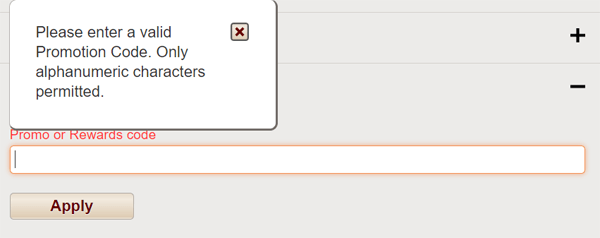How to Encourage Order Completion

What impact would increasing the number of orders by 10 or 20 percent have on the revenue of your enterprise?
A recent Yahoo Small Business study found that 83 percent of site visitors that added something to an online shopping cart never finished checking out.Of the 250,000 shoppers that added a product(s) to their cart for the Yahoo study, 17 percent experienced some type of warning ( phone or email fields were empty, shipping method not available, empty payment fields, payment decline or invalid/expired codes or coupons).
It is these warnings that not only frustrate users, but which are also to blame in many instances for the high rate of cart abandonment.
If you can manage to reduce the level of frustration stemming from these errors, however, it is not difficult to see how the rate of order completion rises and lost sales become reduced for the benefit of the seller.
There are numerous reasons why an abandoned cart might happen, of course, and many may be out of a seller's control entirely, but if Internet retailers are serious about taking advantage of these straight-up missed opportunities, consider how the associated messaging that results from these errors could impact (positively or negatively) those instances when consumers are just not yet ready to complete their order anyway.
When coupons or discount codes produce a warning/error message, for example, consider suggesting to users alternative ways they could save money - from offering a replacement coupon automatically or directing them to where they could obtain another (perhaps by following a Twitter or Facebook account).

(Source: Old Navy) There are also going to be instances when users simply change their mind. As an enterprise, however, you should not lose sight of the primary objective (sales) even if that does happen. Users can lose interest in a millisecond, but those sellers that stay on task can convert them even after they have left.
Say for example that you were smart enough to break down the checkout form in multi-step process that asked for the name and email address of the potential buyer before asking for product customization information or the shipping address.
A tactic like this makes a lot of sense as the best time to re-engage shoppers is often within the first few weeks of their first purchase (according to RJMetrics, for example, 69 percent of an ecommerce customer's first year spend occurs within the first 30 days). If you can successfully re-engage first-time shoppers within this time frame, not only will you reduce cart abandonment on the whole, but you'll also have a better chance of driving repeat purchases from them too.
To re-engage new customers, sellers should consider sending them an email to promote items that you think they might like. If you happen to have a new line of products, or an exciting offer, for example, send them a re-engagement email to tell them about it. Internet retailers can also email new customers to ask for their feedback about their recent purchase, and include some product recommendations in the email.
What strategies do you employ to encourage order completion?








